Best ProcessMaker alternatives
On any given workday, your team completes hundreds of processes and workflows. How many of those are menial administrative tasks that take attention away from more valuable, strategic priorities? The likely answer is a lot of them. If that’s the case, your business could benefit from workflow automation.
Automation tools help you streamline your business processes, automating partial or entire workflows so your team can focus on other important initiatives. There are also several other benefits of workflow automation, such as saving time, reducing errors, and enhancing efficiency.
ProcessMaker is one of the leading business process automation tools, but it’s not the only option on the market.
Ten other ProcessMaker alternatives are listed below, as well as their key features, pros and cons, pricing information, and more. But first, let’s look at what ProcessMaker can do so you can see why you may need an alternative in the first place.
An introduction to ProcessMaker
So, what is ProcessMaker? It’s a business process automation (BPA) platform that helps organizations automate manual workflows so their teams can focus on more critical tasks. Common applications include filling out forms, sending emails, coordinating between people, filling out spreadsheets, generating reports, and more.
G2 rating: 4.3/5.0
Key features
- Drag-and-drop design studio for easily mapping processes
- Decision tables for mapping business rules
- A/B testing and bulk process testing
- Centralized task management system
- Custom analytics dashboards
Pros and cons
- Pros: Users rave about the customer service and technical support that ProcessMaker provides.
- Cons: Some users have mentioned that they need to have some coding knowledge to create more complex automations.
Plans and pricing
ProcessMaker has three tiers of plans — Standard, Professional, and Enterprise — offering basic to complex functionality. Contact ProcessMaker for pricing details.
Reasons to look for a ProcessMaker alternative
While ProcessMaker offers considerable functionality to help organizations automate their workflows, you may need something other than what ProcessMaker offers.
For example, ProcessMaker is easy to use if you want to automate simple processes and workflows. But if you’re looking to automate complex workflows, ProcessMaker can be harder to figure out, and it requires technical expertise to use. Its user interface isn’t as intuitive or user-friendly as other products, making it difficult for anyone with little technical knowledge to understand. Plus, some users have noted that integrating ProcessMaker with some other business systems can be challenging.
But the good news is that there are many ProcessMaker alternatives for you to choose from!
Top ProcessMaker alternatives
1. Jotform Workflows
Jotform Workflows is a ProcessMaker alternative that enables users to manage workflows and automate form-related processes with ease. With it, organizations can connect multiple forms in a workflow, trigger actions with conditional logic, and build advanced workflows in minutes.
G2 rating: 4.6/5.0
Key features
- Handles multi-step workflows with multiple approvers
- Offers real-time progress tracking for each workflow in Jotform Tables
- Has customizable notifications to alert people as work progresses
- Integrates with Jotform’s powerful form-building tools and other business systems
- Includes approvals from individuals or groups of people in the workflow
Pros and cons
- Pros: Users love that Jotform comes with ready-to-use approval and other templates.
- Cons: Jotform Workflows is for form-based processes only, not other types of business processes.
Plans and pricing
Jotform Workflows has a free plan as well as three tiers of paid plans starting at $34 per month. It also has an enterprise-level plan with custom pricing.
2. Appian
Appian is a low-code software for business process automation. It enables organizations to design, orchestrate, and automate processes to increase efficiency.
G2 rating: 4.5/5.0
Key features
- Low-code design to increase speed
- Powered by artificial intelligence for process optimization
- Intelligent reporting on processes
- Integrated data fabric to break down organizational silos
- Intuitive and dynamic user experience
Pros and cons
- Pros: Users consistently note how much they appreciate the speed of implementation.
- Cons: Some users find the pricing and licensing model expensive compared to other similar products.
Plans and pricing
Appian offers three paid plans: Standard, Advanced, and Premium. It’s priced on a per user per month per app basis. Contact Appian for pricing details.
3. Kissflow
Kissflow is a low-code application development platform that offers process builder functionality, along with an app builder and a form builder.
G2 rating: 4.3/5.0
Key features
- Intuitive drag-and-drop builder for business process forms
- Workflow designer tool with parallel branches and conditional steps
- Dynamic user assignments
- Flexible user permissions for each process step
- Real-time analytics and reporting
Pros and cons
- Pros: Users appreciate the drag-and-drop functionality to build automated processes and workflows.
- Cons: Some users have noted speed and performance issues when dealing with large data sets in Kissflow.
Plans and pricing
Kissflow has a Basic plan that starts at $1,500 per month for 50 users, as well as an Enterprise plan with custom pricing.
4. Camunda
Camunda is an end-to-end process orchestration platform for developers and business teams. It uses a common visual language to enhance collaboration.
G2 rating: 4.4/5.0
Key features
- Highly visual model to ease collaboration between tech and business teams
- AI-powered form builder
- Out-of-the-box tasklist to assign manual work
- Easy-to-use decision tables
- Ability to run seamlessly across systems and devices
Pros and cons
- Pros: Users love how well Camunda bridges the gap between technical and business teams with its visual language.
- Cons: It has a steep learning curve due to its highly technical nature.
Plans and pricing
Camunda has different plans and pricing for SaaS and Self-Managed Options. For SaaS, it offers a free plan and two paid plans starting at €99 per month. Self-Managed options include a free plan and an Enterprise paid plan with custom pricing.
5. Nintex
Nintex is a process management and workflow automation software that uses artificial intelligence to accelerate business.
G2 rating: 4.2/5.0
Key features
- Drag-and-drop visual design canvas with no coding required
- Workflow templates and prebuilt process maps
- Prebuilt software connectors for third-party business systems
- Ability to deploy across systems of record, content repositories, and communication channels
- Integrated components for forms automation, robotic process automation, document generation, and e-signature
Pros and cons
- Pros: Users appreciate the ability to build custom workflows without the need for coding.
- Cons: Some users have noted that they’d like to see more integration options.
Plans and pricing
Contact Nintex for details on free trials, plans, and pricing.
6. Pipefy
Pipefy is a business process automation software that uses artificial intelligence to build, optimize, and manage processes.
G2 rating: 4.6/5.0
Key features
- No-code framework for faster deployment
- Process visualization
- Intuitive user interface that uses natural language prompts
- Customizable workflows and tasks
- Expedited implementation
Pros and cons
- Pros: Many reviewers like how easy it is to use the AI-driven user interface to build process automations.
- Cons: Some users have found that the reporting and analytics features aren’t as comprehensive as in other tools.
Plans and pricing
Pipefy has a free plan as well as three tiers of paid plans. Contact Pipefy for pricing details.
7. Gluu
Gluu is a business process management software that’s designed to standardize business operations in an effort to minimize errors and increase productivity.
G2 rating: 4.0/5.0
Key features
- Collaborative platform for understanding, managing, and tracking each team member’s responsibilities
- Role management to increase individual accountability
- Customizable process templates
- Process performance dashboards
- Mobile app access
Pros and cons
- Pros: Users like how Gluu helps employees standardize a business’s core processes so everyone completes them in the same way.
- Cons: Most workflows require human involvement and can’t be fully automated as with some tools.
Plans and pricing
Gluu has a Basic plan for €10 per user per month and a Pro plan for €21 per user per month. If you have more than 100 users, contact Gluu for custom pricing details.
8. Pega
Pega is an enterprise workflow automation solution that aims to help organizations grow and scale by optimizing their processes, removing informational silos, and streamlining high-volume work.
G2 rating: 4.2/5.0
Key features
- Low-code development
- AI-powered decisioning engine for advanced business logic in workflows
- Single, prioritized worklist for each employee
- Robotic process automation (RPA) system for fast performance
- Case management designed around business outcomes to improve the customer journey
Pros and cons
- Pros: The low-code software is easy to learn, even for non-technical users.
- Cons: Some users have noted that the fees and implementation costs are high for small to medium-sized businesses.
Plans and pricing
Contact Pega for details on their plans and pricing.
9. Flowingly
Flowingly is a process and workflow mapping software that helps organizations streamline and automate their workflows.
G2 rating: 4.4/5.0
Key features
- Easy-to-use mapping functionality that allows you to create, update, publish, and share workflows
- Highly visual drag-and-drop user interface
- Collaboration tools between business and IT teams
- Real-time tracking for each process
- Automated and manual reminders for late tasks
Pros and cons
- Pros: Users find the reminders and deadlines in Flowingly very useful, along with the audit trail.
- Cons: Some users would like more comprehensive onboarding and help materials.
Plans and pricing
Flowingly has three paid plans starting at $669 per month.
10. Creatio
Creatio is a no-code platform that enables non-technical users to automate customer relationship management processes in an effort to accelerate sales and enhance the customer experience.
G2 rating: 4.7/5.0
Key features
- Highly intuitive no-code platform with prebuilt libraries and visual elements
- AI-driven development
- Visual tools for structuring data models
- Custom workflows with easy-to-configure rules
- Interactive dashboards for performance metrics
Pros and cons
- Pros: Users love the robust customization options for building processes and workflows in Creatio.
- Cons: Some users have noted that it can be difficult to master all of the features without some technical knowledge.
Plans and pricing
Creatio offers a free trial, along with three paid plans starting at $25 per user per month.
The best ProcessMaker alternative for your needs
Whether you’re looking for a small business automation tool or an enterprise-level no-code workflow automation solution, you’re sure to find something that works for you on this list.
When deciding which ProcessMaker alternative to choose, consider what key issues you’re facing in terms of workflow automation in your organization.
For example, if you’re dealing with slow approvals processes, Jotform Workflow may be the optimal solution. If your organization needs to automate processes that span various technical systems and business departments, then Camunda might work better for you. If you’re looking for a solution that helps you map out your process, perhaps Flowingly is the right ProcessMaker alternative for your needs.
Remember to take advantage of free trials and free plans to test out the product where possible and read lots of customer reviews to better understand software benefits and limitations. And most importantly, focus on the future of your business — consider how the software will help you reach your organization’s goals.
Photo by Cytonn Photography


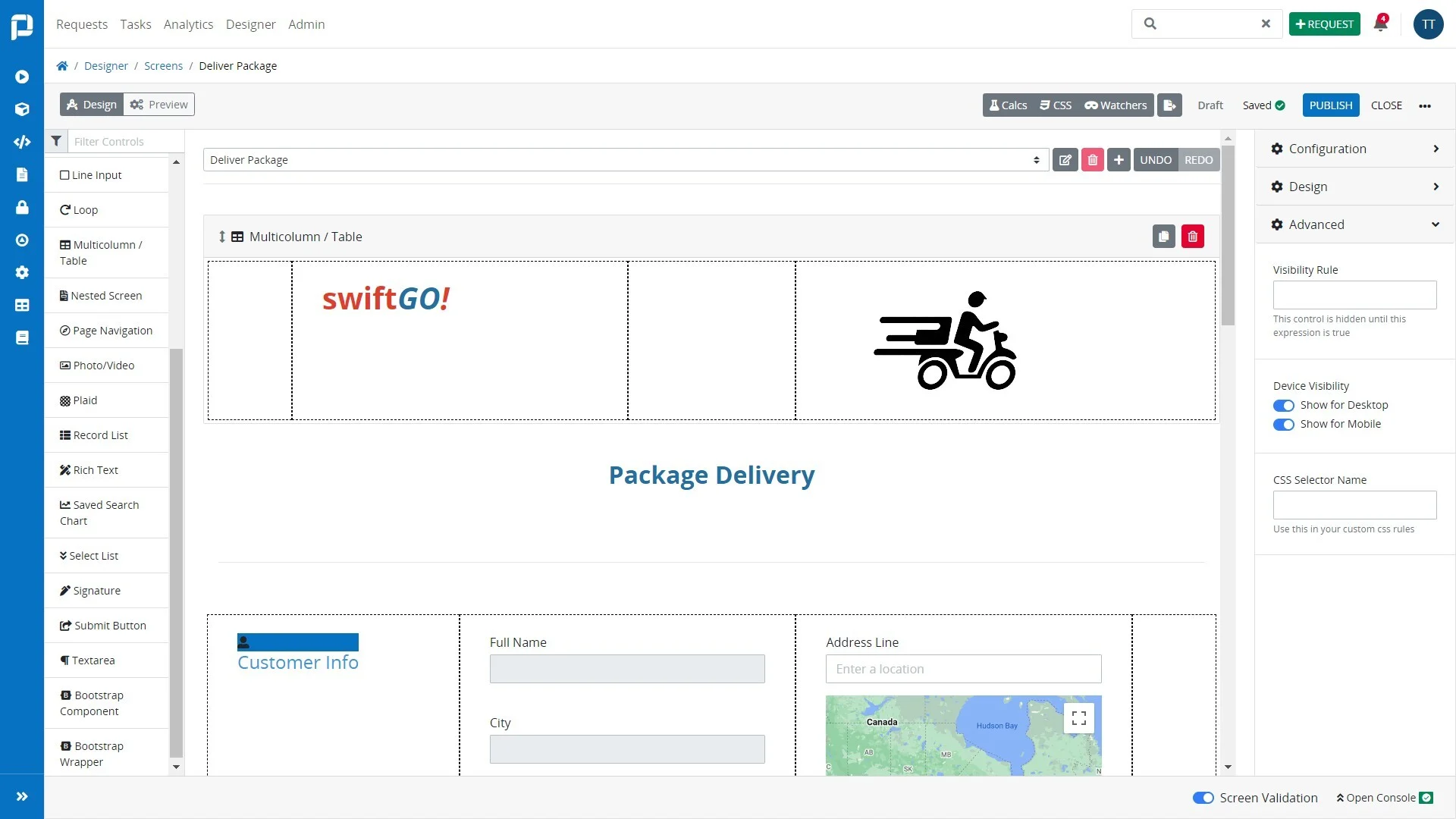
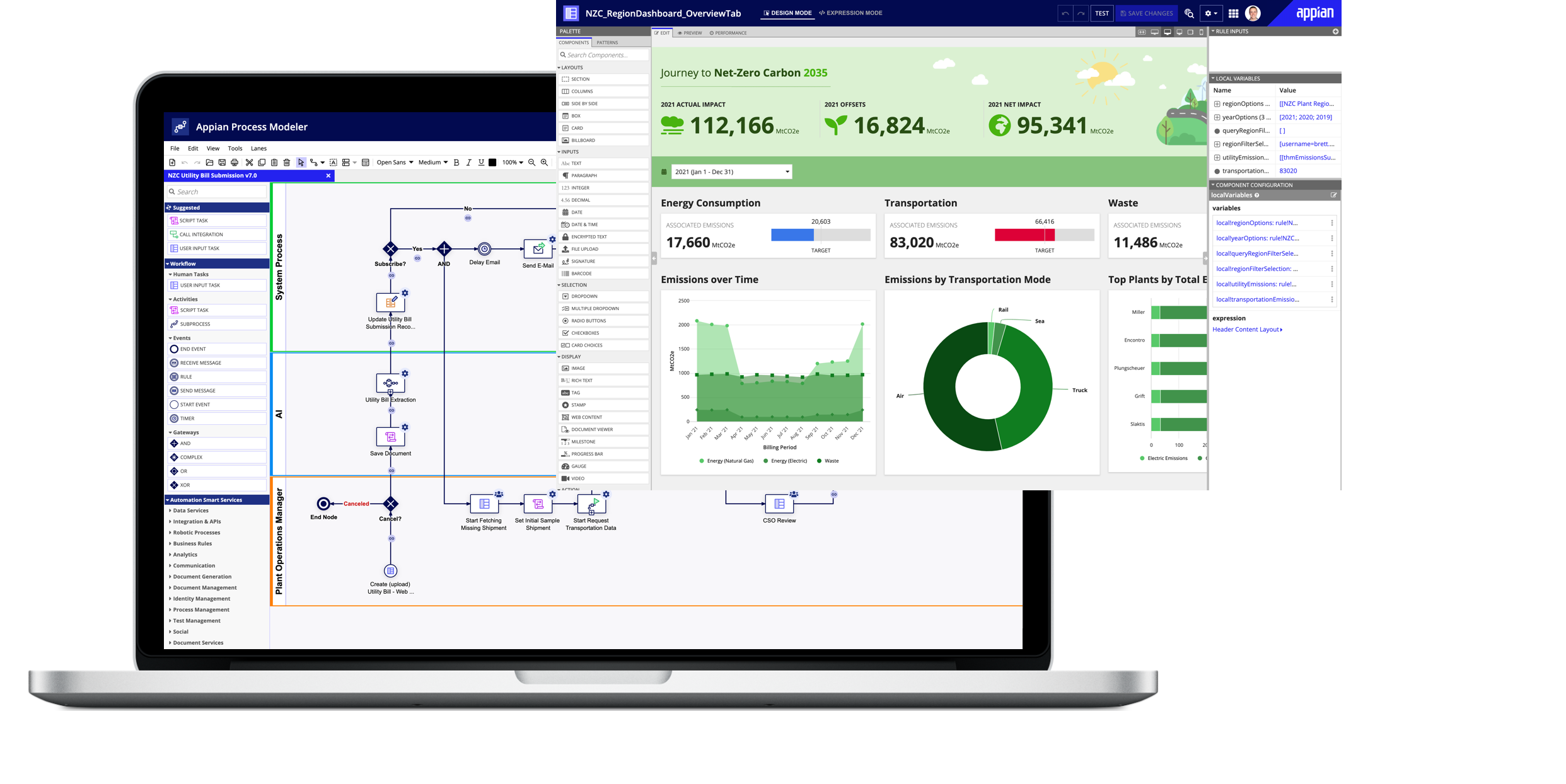
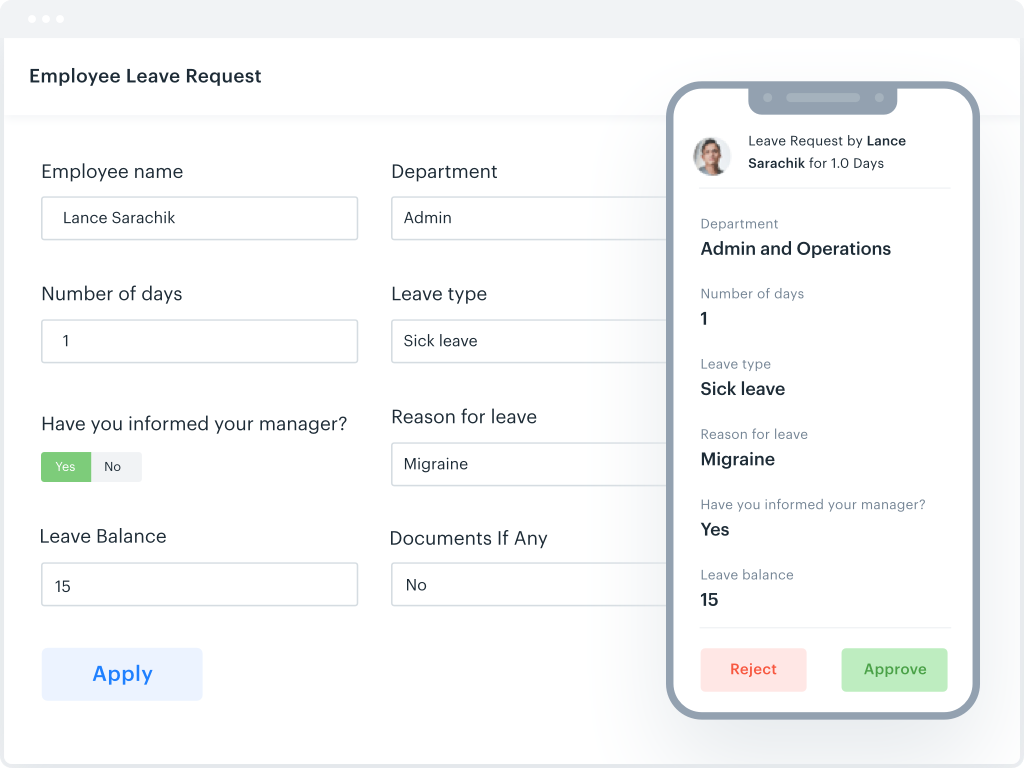
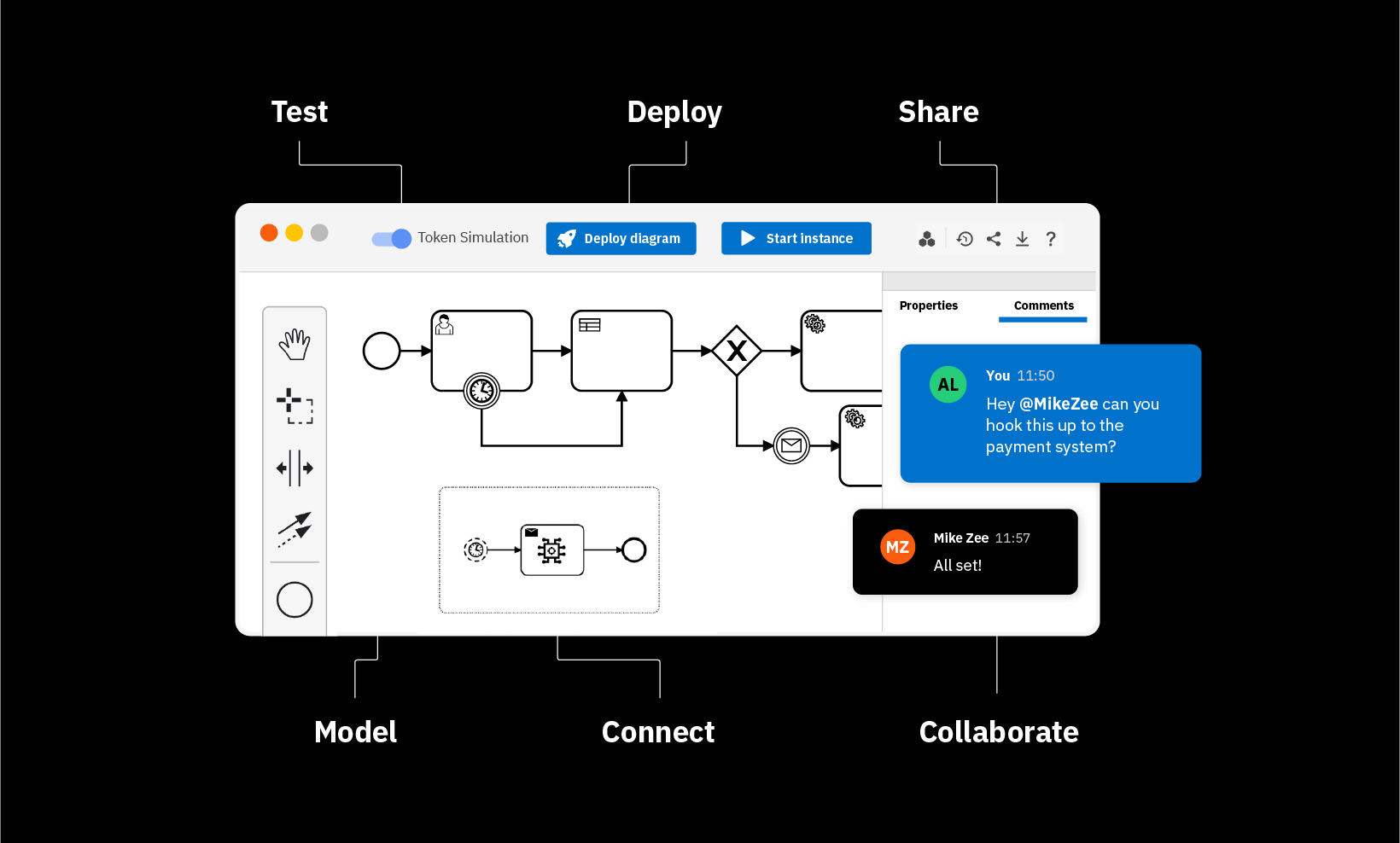
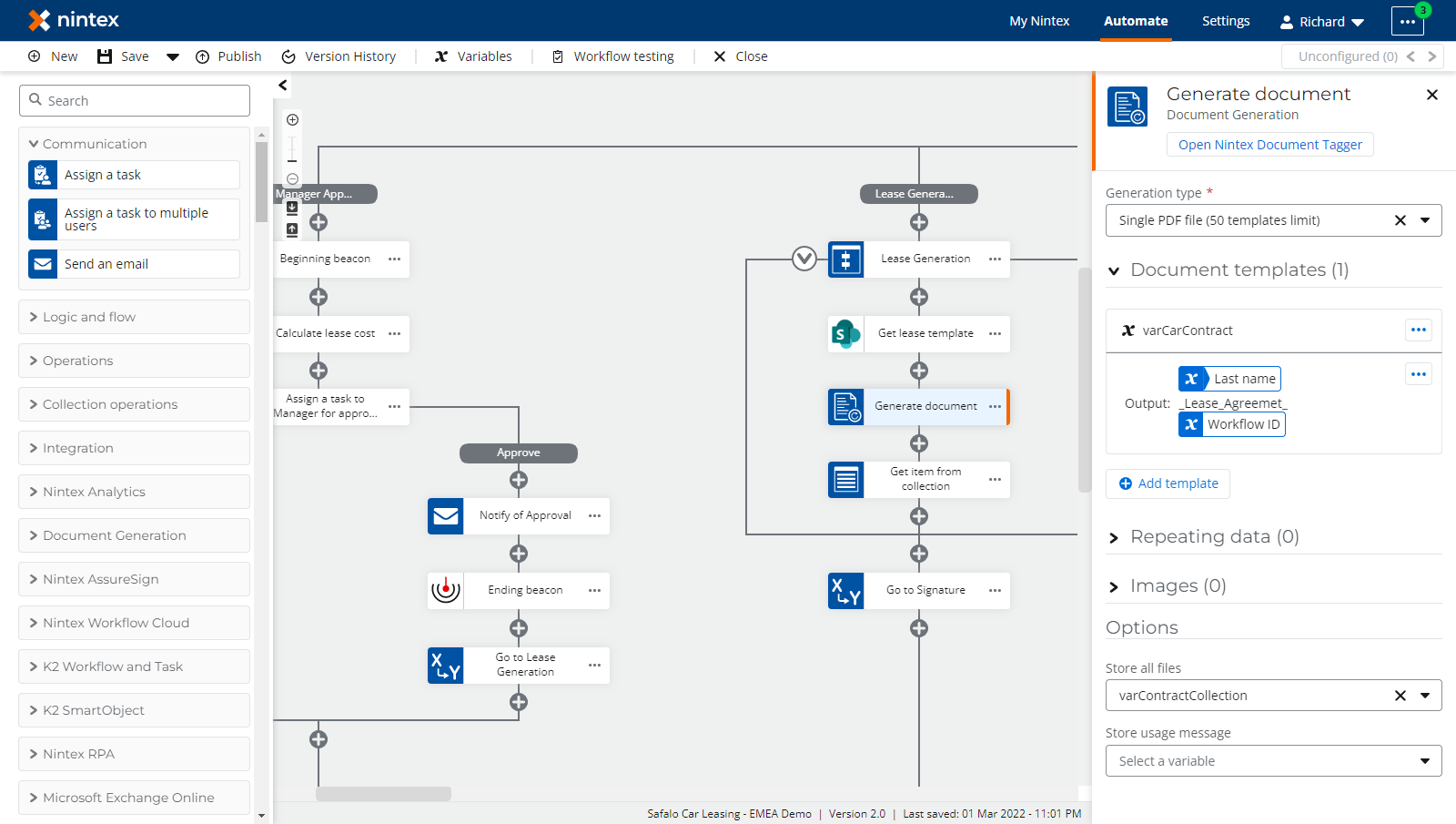
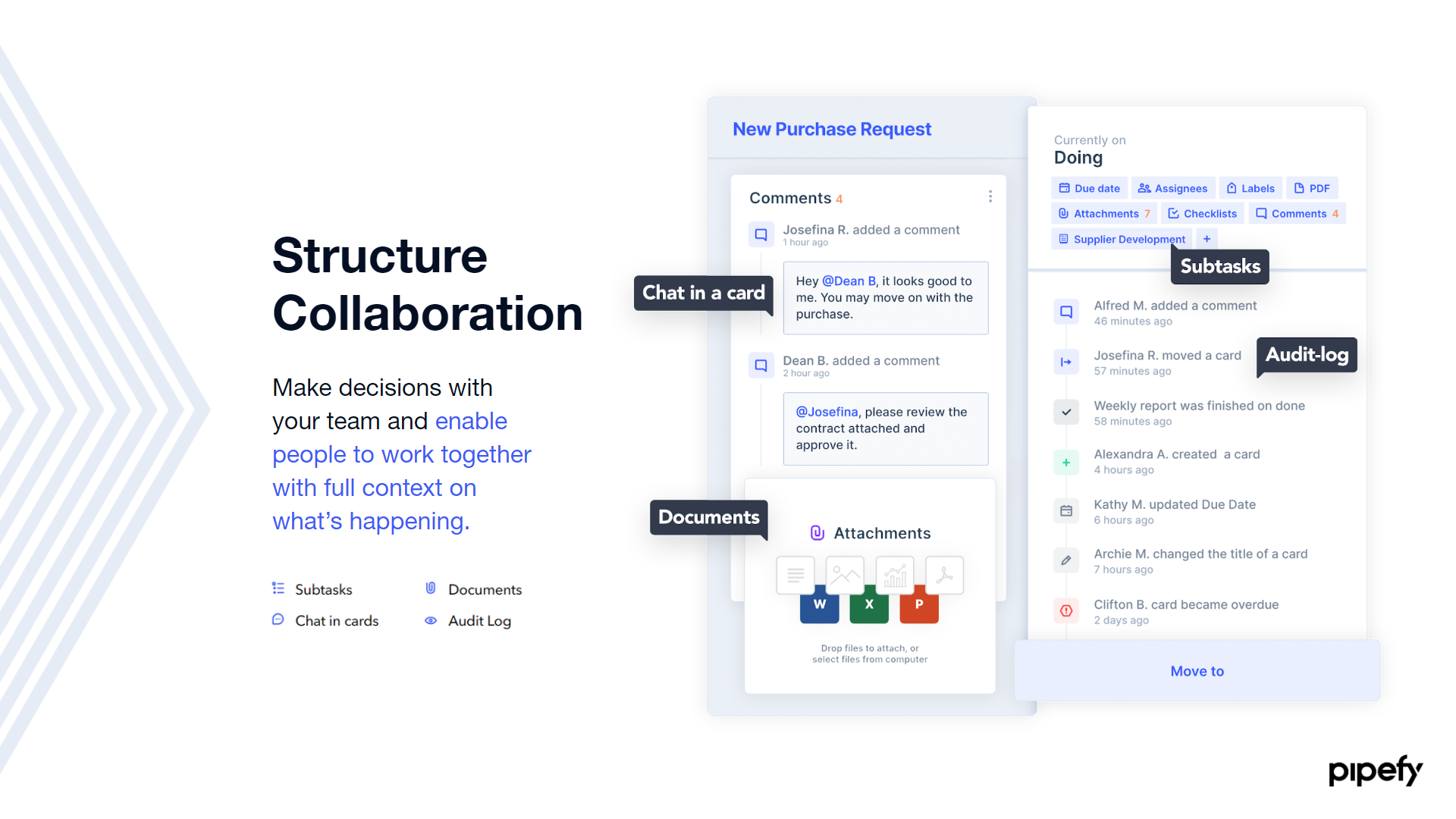
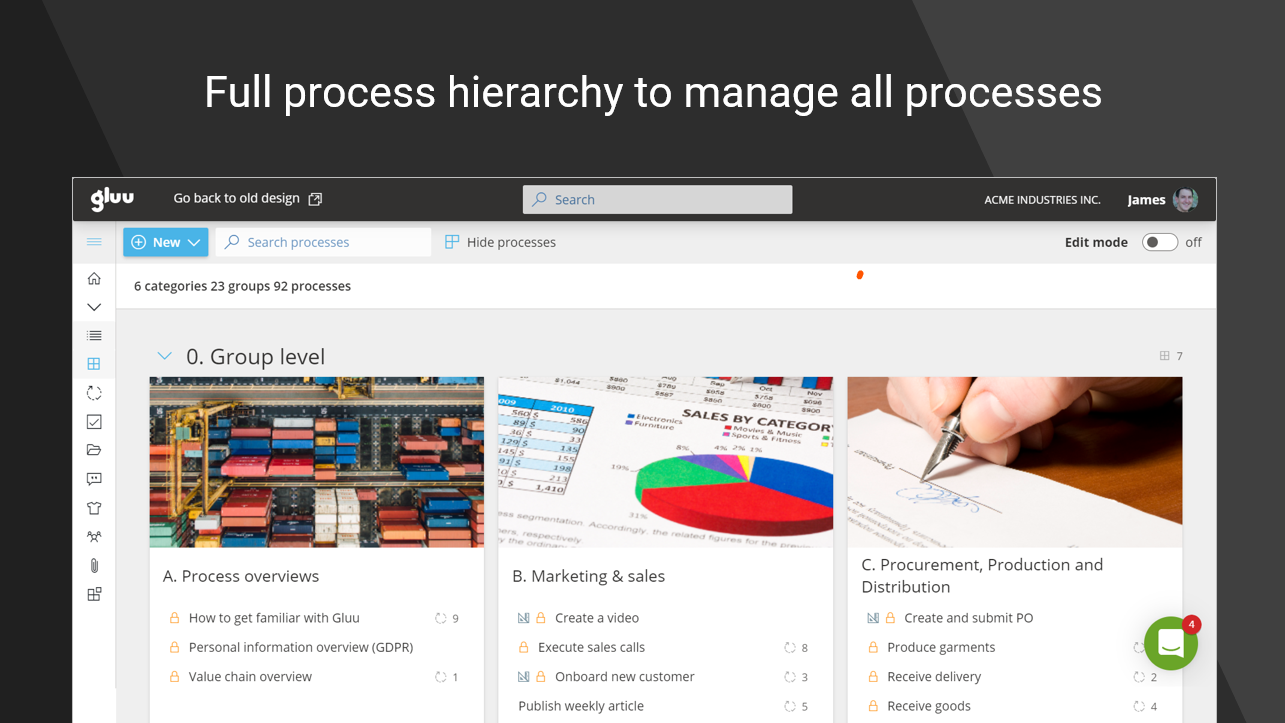
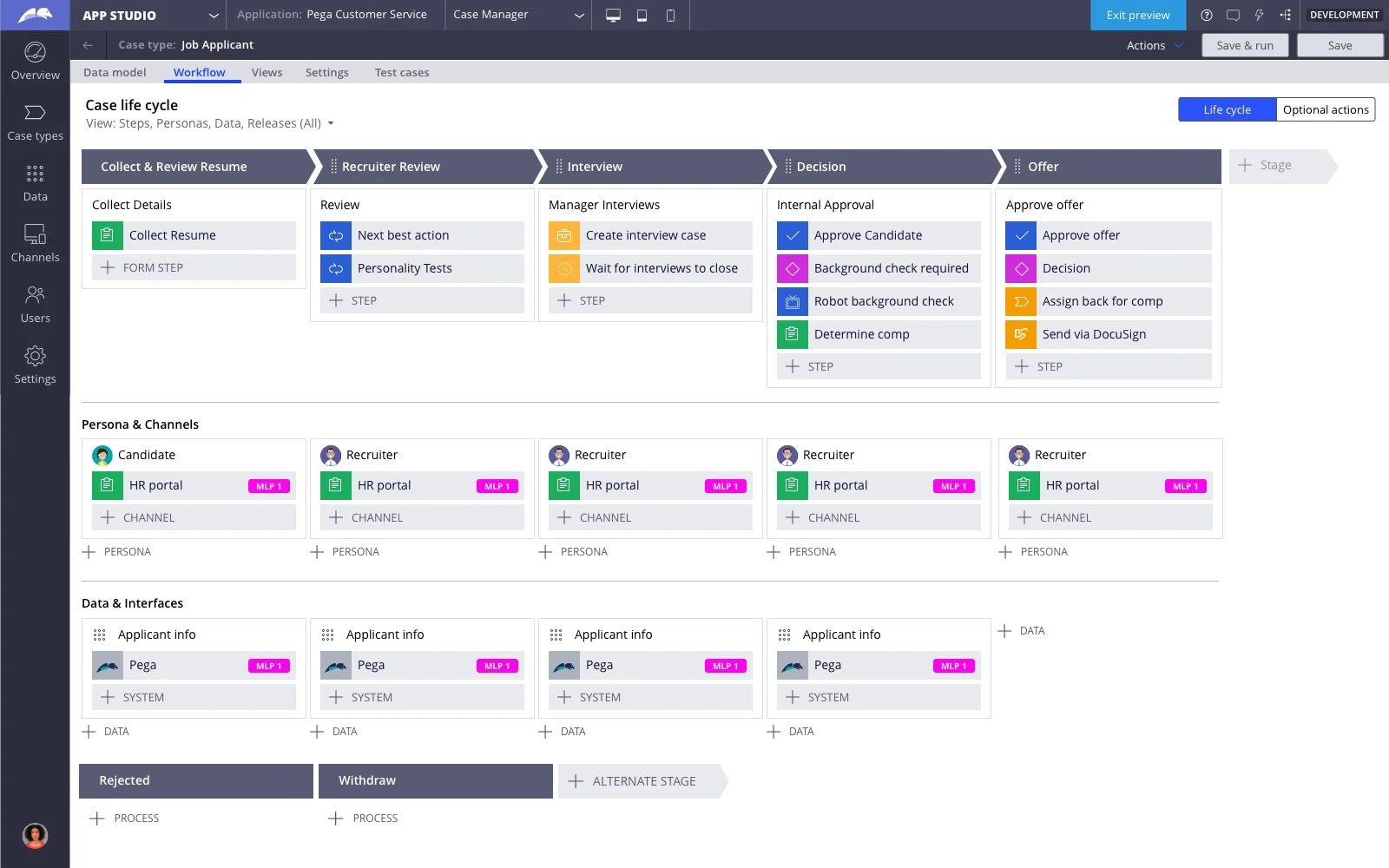

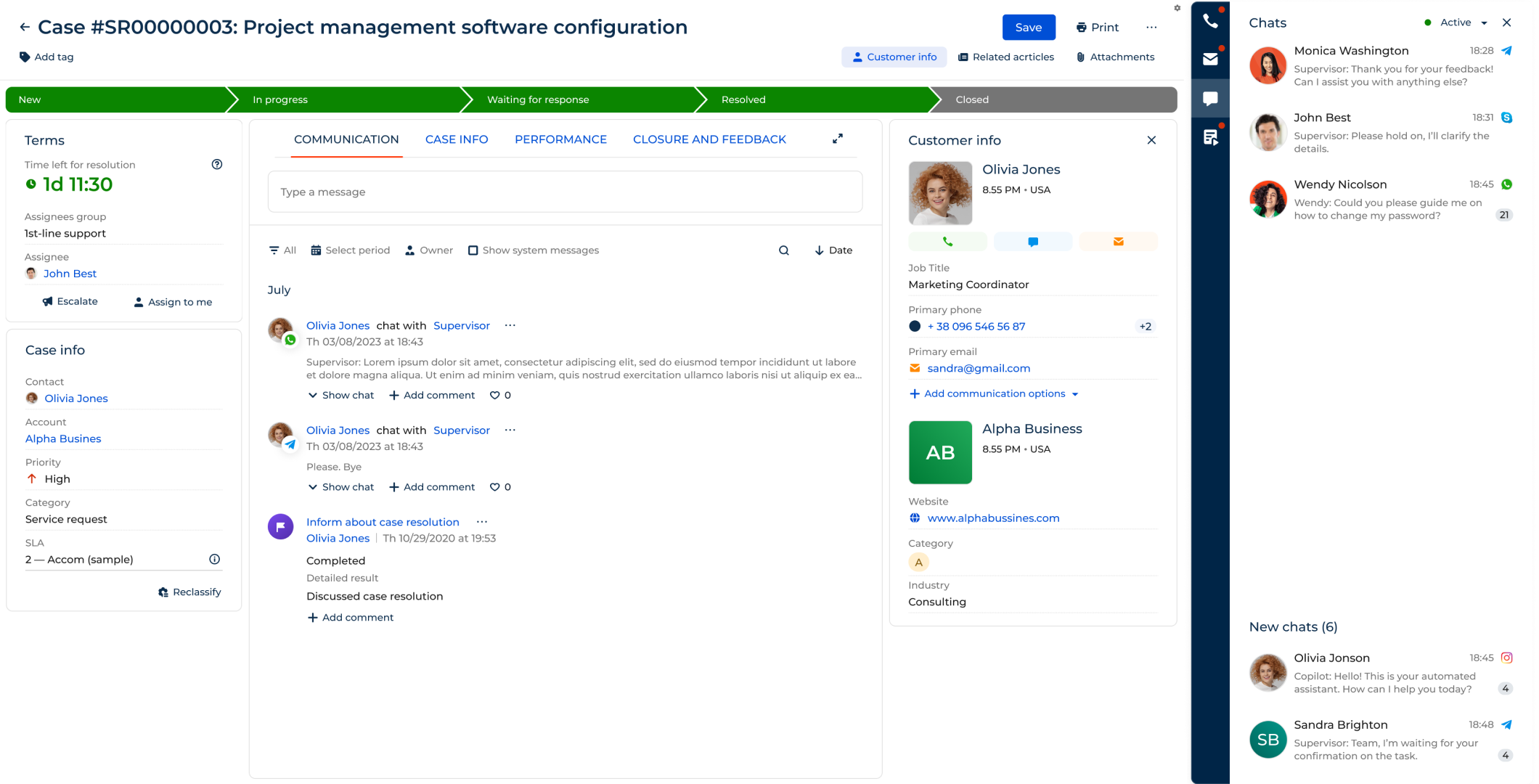

























































































Send Comment: